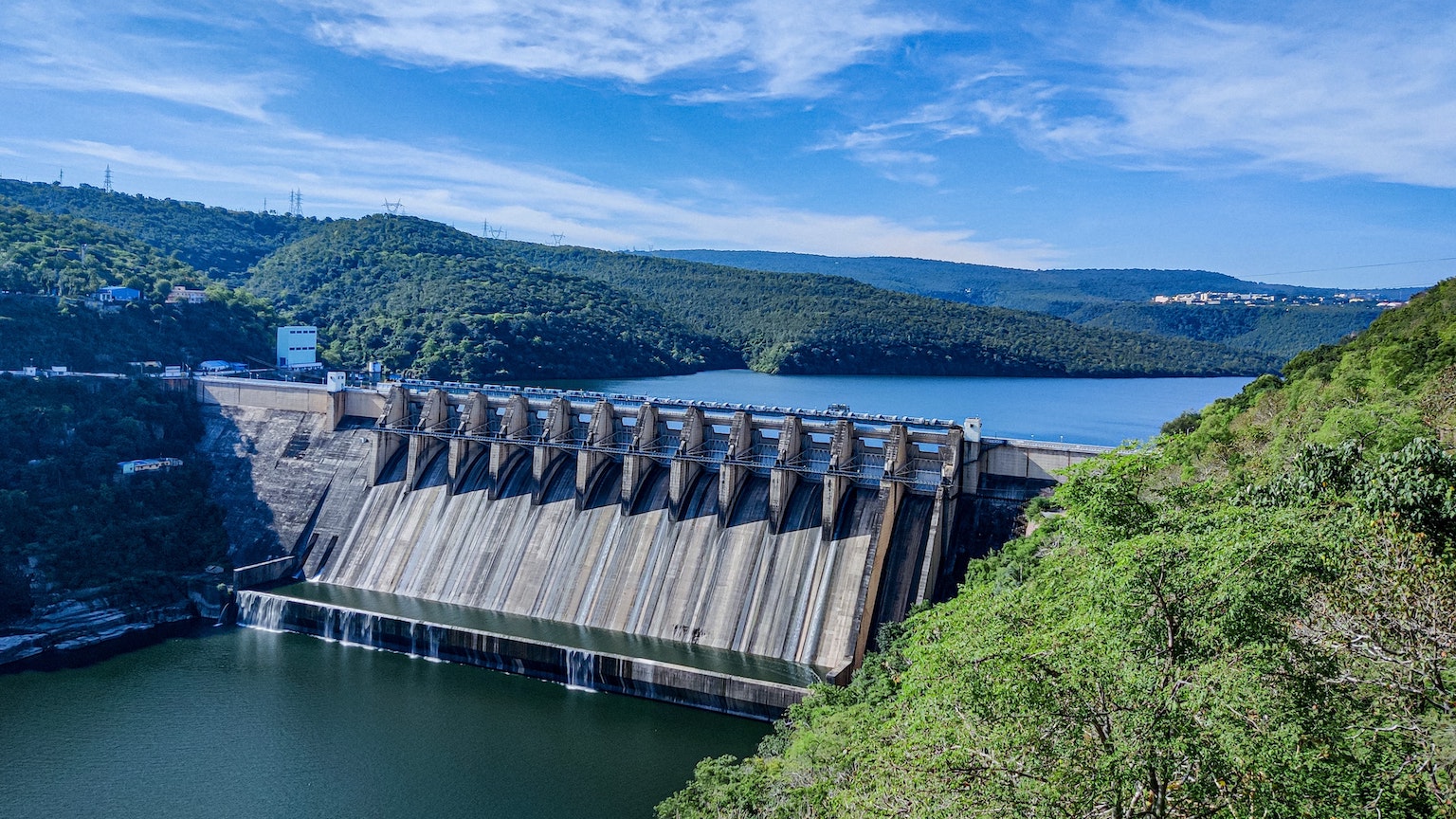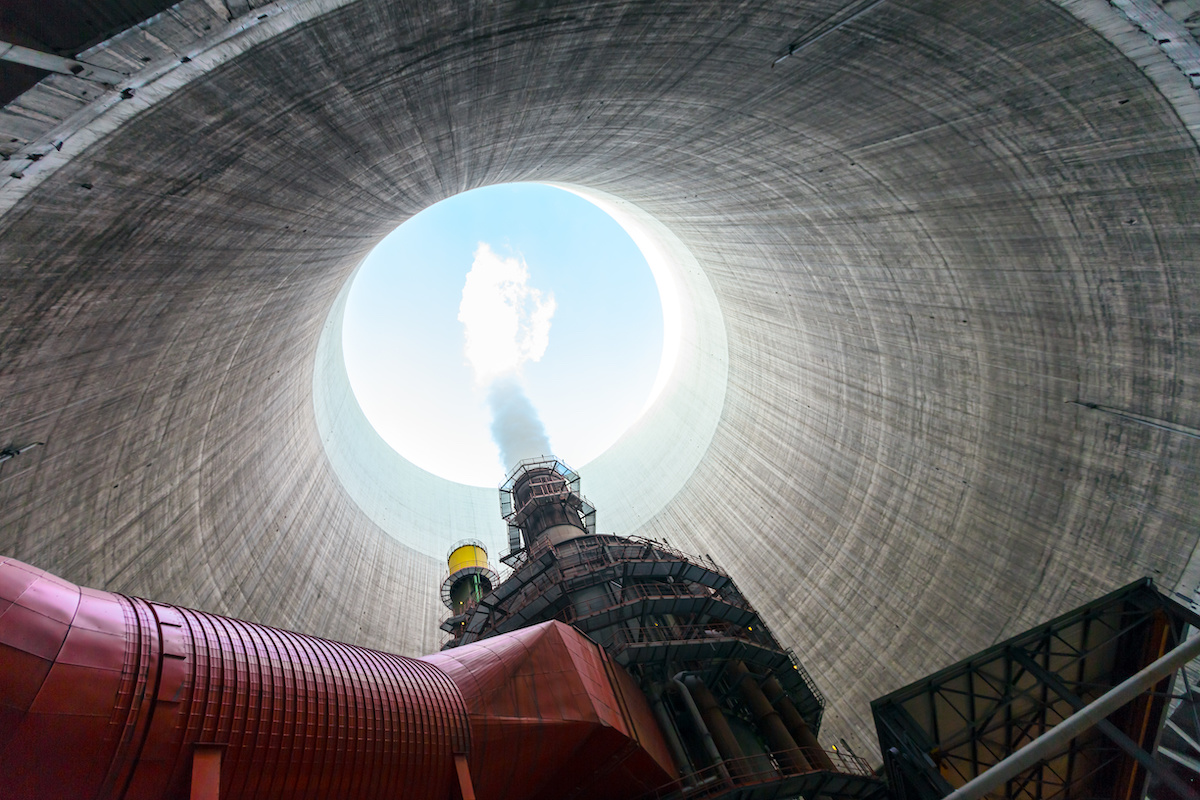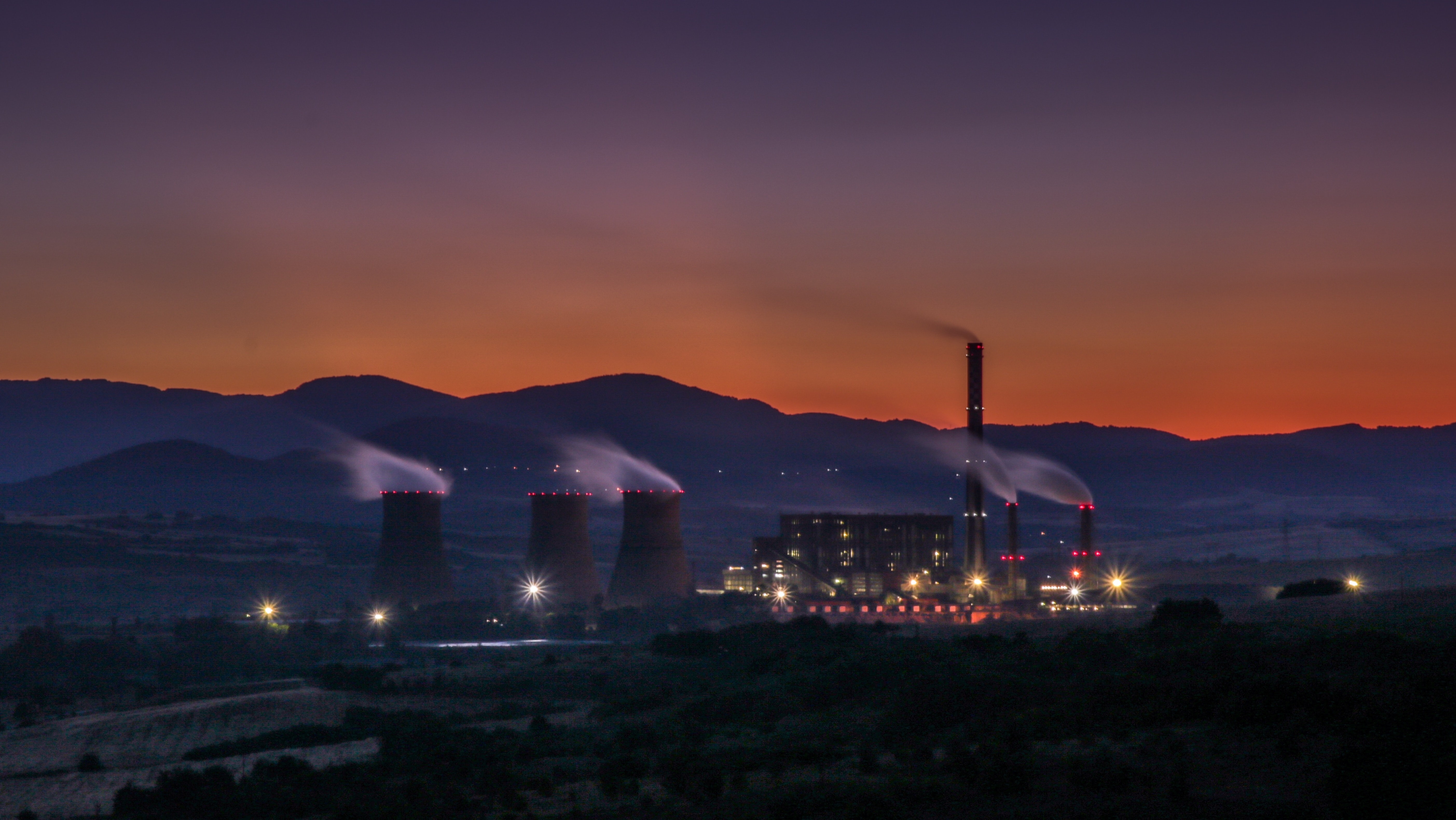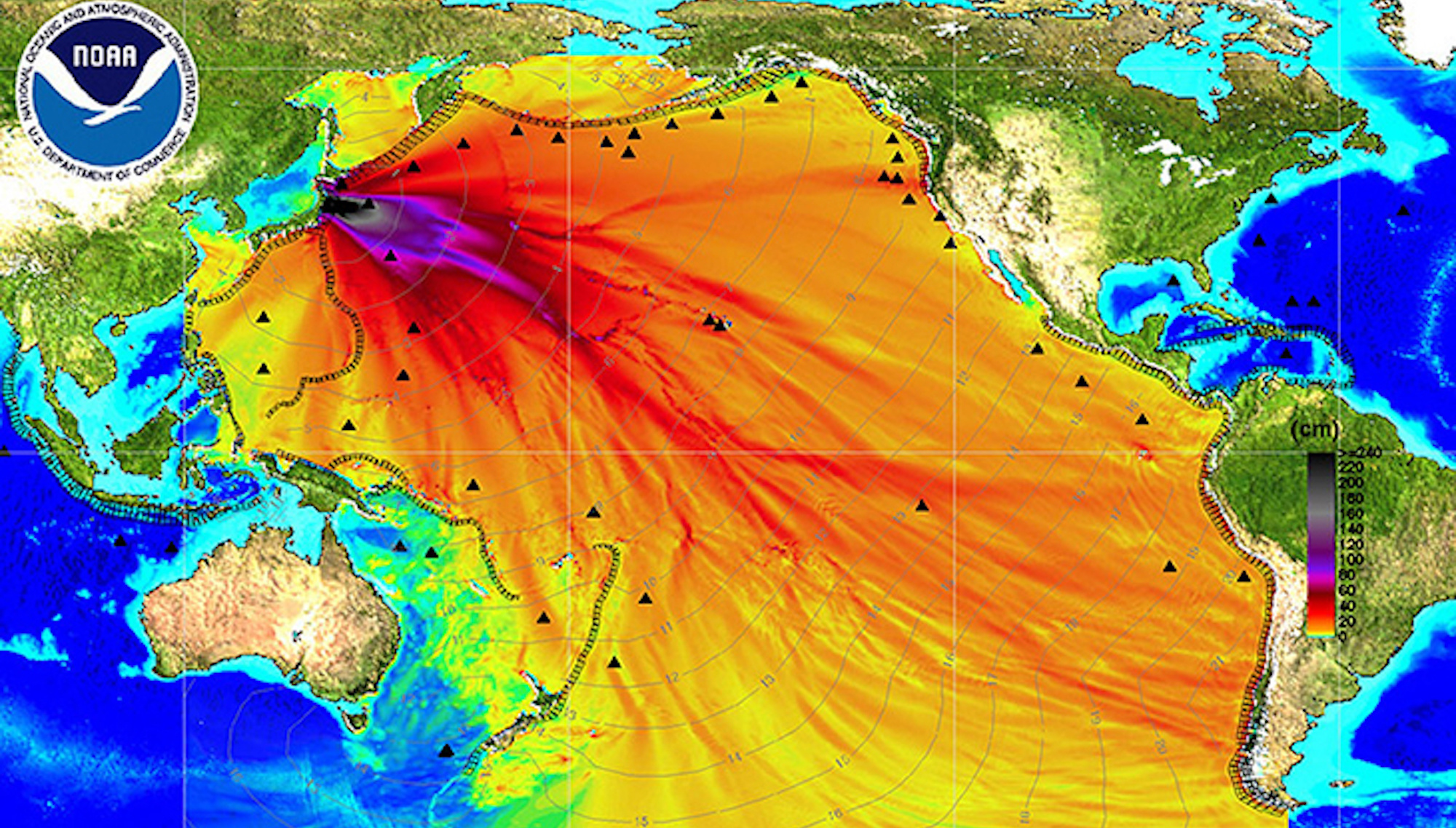The Worst Energy Disasters of All Time

How does as an event like the triple meltdown at the Fukushima nuclear complex in Japan rank among other energy disasters? It depends somewhat on who you ask. Chernobyl is routinely sited as the benchmark for the worst nuclear accident in history. And yet, nearly all of the major energy industries have experienced catastrophic disasters in recent memory.
We noticed two lists in particular recently. The “edgy” business site Business Insider compiled this list of 24 disasters that happened just within the past year. The green-friendly Mother Jones offers a slightly different spin, offering up its list of the biggest “Dirty Energy Disasters.” Big Think is digging deeper, and more broadly, examining the worst energy disasters of all time. This was an admittedly tricky assignment. In ranking these disasters we had to consider multiple factors, but settled on two in particular: the number of human lives lost, and the scale of the environmental impact.
1. Chernobyl (1986)
Whether one is a supporter or opponent of nuclear power, the human impact of the Chernobyl nuclear accident is horrific and alarming. A large-scale Soviet cover-up notwithstanding, we now know that in terms of human deaths, the Chernobyl nuclear accident was the worst energy accident in human history. A report published by the New York Academy of Sciences concludes that based on available medical data, 985,000 people died as a result of the Chernobyl disaster.
2. Gulf War Oil Spill (1991)
Saddam Hussein’s forces retreating from Kuwait during the First Gulf War executed a scorched earth policy. They set fire to over 700 oil wells, which burned out of control for ten months. The American astrophysicist and cosmologist Carl Sagan compared the effect on the atmosphere to the 1915 Mount Tambora eruption, which resulted in the “Year Without Summer” of 1816. In addition, the Iraqi forces purposely opened the valves at the Sea Island Oil Terminal, which sent between 4 to 8 million barrels of oil spewing into the Persian Gulf.
3. Ixtoc 1 Oil Spill (1979) and Deepwater Horizon Oil Spill (2010) (Tie)
In 1979, a Mexican oil platform in the Bay of Campeche collapsed after an accidental explosion, spilling an estimated 3.2 to 3.5 million barrels of oil into the Gulf of Mexico over the course of a year. Until 2010, when BP spilled an estimated 4.1 to 4.9 million barrels of oil into the Gulf of Mexico, Ixtoc 1 was considered the largest accidental spill in history.
4. Bhopal Disaster (1984)
A toxic gas release at a Union Carbide pesticide plant in Bhopal, India resulted in 2,259 immediate deaths and some 11,000 deaths following the disaster. The impact is still debated today. A government affidavit in 2006 stated the leak caused 558,125 injuries including 38,478 “temporary partial” and approximately 3,900 “severely and permanently disabling” injuries.
5. China’s Coal Mining Industry (ongoing)
In terms of human cost, China’s ongoing coal production ranks among the greatest energy disasters in human history. Last year, 6.6 coal miners died in China every day, down from 9 deaths per day in 2009, and sharply down from the 19 deaths per day (6,995) in 2002. China’s mines have long been the deadliest in the world due to lax regulation and corruption. Energy demand in China is only increasing.
By comparison, it is estimated that 100,000 mining deaths occurred in the U.S. during the 20th century, with a high of 3,200 in 1907. However, only 28 coal mining deaths were reported in the U.S. in 2004. That same year there were 6,027 coal mining deaths in China. Some watchdogs estimate that the true death tolls might be twice what is reported by the Chinese government.
Do you have an energy disaster in mind you think should have made this list? Let us know.





